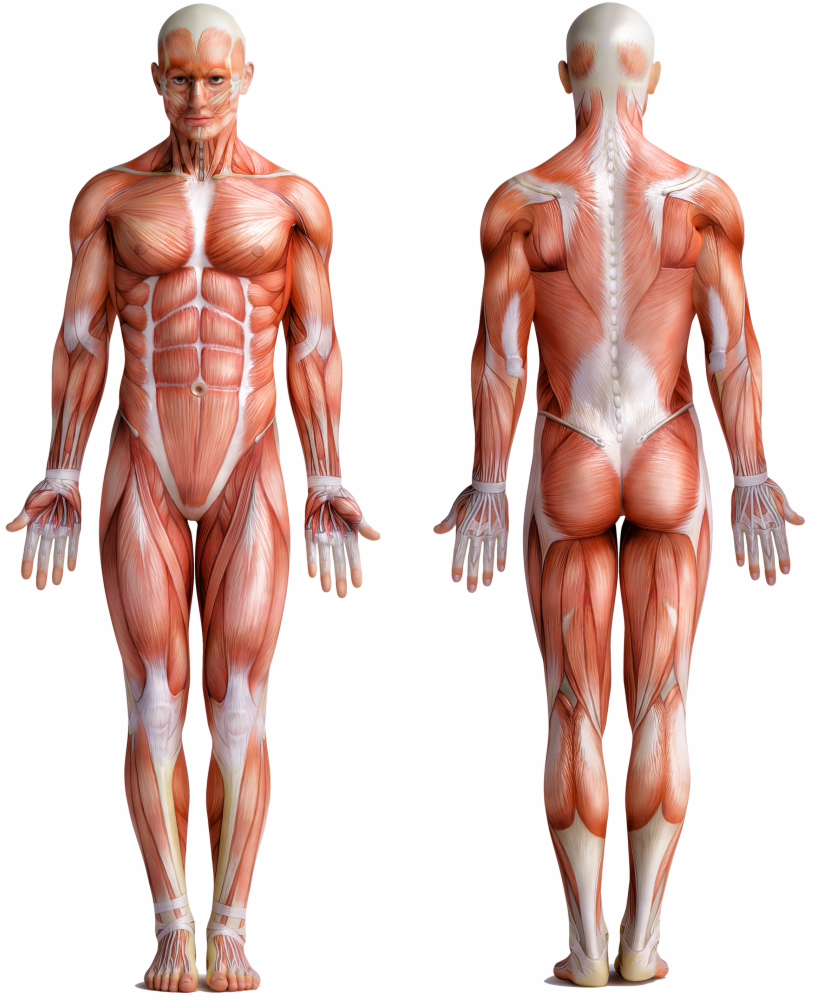-

-
About Us
- Our Vision
-
Personalized Care
Personalized Care Personalized Care Intro
Diagnostic Tests
- Digital X-Ray
- DynaROM
- 3D Body Scanning
- Gastrointentinal Health
- Organic Acids
- Comprehensive Stool Analysis
- Food Sensitivity
- Dietary Antigen Complete
- Endocrinology
- Thyroid Panel
- DUTCH Hormone Test
- Neurotransmitter Profile
- Adrenal Profile
- Nutritional Status
- Vitamin D
- Homocysteine
- Methylmalonic Acid
- Urine Iodine
- Organic Acids
- Copper Zinc Profile
- Essential Fatty Acid Profile
- RBC Metals & Minerals
- Toxic & Essential Elements
- RBC Elements
- Urine Toxic Metals
- Hair Metals & Minerals
- Urine Halides
Treatments
- Avacen Therapy
- Bioidentical Hormone Replacement Therapy (Anti-Aging)
- Chiropractic Care
- Electric Muscle & Nerve Stimulation
- Emsculpt Neo
- Emsella Treatment
- Erchonia Laser (Model EVRL)
- Exosomes
- Hair Restoration
- Headache & Migraine Treatment
- Hyaluronic Acid Injection
- Intersegmental Traction
- IV Nutrient Therapy
- Laser Lipo
- Massage Traction Chair
- PRP Facials
- PRP for Erectile Dysfunction
- PRP for Female Sexual Dysfunction
- PRP for Pain Relief
- PRP for Urinary Incontinence
- Semaglutide
- Shockwave Therapy for Cellulite & Skin Tightening
- Shockwave Therapy for Pain Relief
- Shockwave Therapy for Female Sexual Dysfunction
- Shockwave Therapy for Male Sexual Dysfunction
- Skin Rejuvenation
- Spinal Decompression
- TENS Unit
- Testosterone Replacement Therapy (TRT)
- Therapeutic Ultrasound
- Thyroid Care
- Trigger Point Therapy
- Durable Medical Equipment
- Ankle-foot Orthosis
- Cervical Rehab Coller
- Custom Foot Orthotics
- Lumbosacral Orthosis
- Osteoarthritis Knee Brace
- Wrist Brace
- FAQs
- Testimonials
- Pain Relief
- Weight Loss
-
Sexual Wellness
-
Anti-Aging
-
Resources
- Blog
- Video Library
- Store
-
Health Condition Library
Health Condition Library
- Ankle Osteoarthritis
- Bulging Spinal Disc
- Carpal Tunnel
- Cervical Degenerative Disc Disease
- Cervical Radiculopathy
- Elbow Bursitis
- Erectile Dysfunction
- Fatigue
- Female Hormone Imbalance
- Female Sexual Dysfunction
- Fibromyalgia
- Foot Arthritis
- Frozen Shoulder
- Golfer’s Elbow
- Hand Arthritis
- Headache
- Hip Bursitis
- Hip Osteoarthritis
- Hyperthyroidism
- Hypothyroidism
- Knee Bursitis
- Knee Osteoarthritis
- Low Testosterone
- Lumbar Degenerative Disc Disease
- Migraines
- Musculoskeletal Pain
- Obesity
- Osteoarthritis
- Plantar Fasciitis
- Plantar Fibroma
- Rotator Cuff Injury
- Sciatica Pain
- Shoulder Bursitis
- Shoulder Osteoarthritis
- Tennis Elbow
- Thoracic Degenerative Disc Disease
- Urinary Incontinence
- Weight Gain
- Wrist Arthritis
- Wrist Bursitis
- Contact
Understanding Frozen Shoulder
Alternate Names: Frozen shoulder is commonly referred to as adhesive capsulitis. This name reflects the condition’s underlying cause, which involves the thickening and tightening of the shoulder joint capsule.

Introduction:
Frozen shoulder is a condition that affects the shoulder joint, causing pain and stiffness. It is characterized by the gradual loss of shoulder mobility, making it difficult to perform daily activities. In this comprehensive guide, we will delve into the various aspects of frozen shoulder, including its alternate names, symptoms, causes, and multiple treatment options.
Symptoms:
The primary symptom of frozen shoulder is pain, accompanied by stiffness and limited range of motion in the affected shoulder. The condition typically progresses through three stages: freezing, frozen, and thawing. During the freezing stage, pain gradually intensifies, and shoulder movement becomes increasingly restricted. In the frozen stage, the pain may subside, but the shoulder remains stiff and immobile. Finally, during the thawing stage, the shoulder gradually regains its range of motion.
Causes:
The exact reason of frozen shoulder is not understood fully; however, certain factors may increase the risk of developing this condition. These include age (most commonly affecting individuals between 40 and 60 years old), gender (more prevalent in women), certain medical conditions (such as diabetes, thyroid disorders, and cardiovascular disease), and previous shoulder injuries or surgeries.
Treatment Options:
- Rehab Therapy: Rehab therapy for frozen shoulder, or adhesive capsulitis, focuses on restoring shoulder mobility and function through targeted exercises and manual techniques. Therapists often employ passive and active range of motion exercises to gradually stretch the shoulder capsule and surrounding tissues, reducing stiffness and improving flexibility. Modalities like heat, ice, ultrasound, and electrical stimulation may also be used to alleviate pain and promote tissue healing. Additionally, therapists may provide education on proper posture, ergonomics, and home exercises to support ongoing recovery. Consistent participation in a structured rehabilitation program is essential for effectively managing frozen shoulder and restoring shoulder function.
- Chiropractic Treatment: Chiropractic treatments for frozen shoulder typically involve manual manipulation techniques to improve joint mobility and reduce pain. Chiropractors may use gentle adjustments to the shoulder joint and surrounding tissues, aiming to restore proper alignment and function. Additionally, they may recommend stretches and exercises to enhance range of motion and flexibility in the shoulder. While chiropractic care can offer relief for some individuals with frozen shoulder, the effectiveness may vary depending on the severity and underlying cause of the condition.
- PRP Injections: Platelet-rich plasma (PRP) injections are being explored as a potential treatment for frozen shoulder. PRP is derived from the patient’s own blood, containing concentrated platelets and growth factors thought to aid in tissue healing and regeneration. Injections are administered directly into the shoulder joint capsule to reduce inflammation, promote tissue repair, and improve mobility. While research on PRP for frozen shoulder is ongoing, preliminary studies suggest it may offer pain relief and improve function for some individuals.
Conclusion:
Frozen shoulder can significantly impact an individual’s quality of life, causing pain and limiting shoulder mobility. However, with proper understanding and timely intervention, the symptoms can be managed effectively. This comprehensive guide has provided valuable insights into the alternate names, symptoms, causes, and multiple treatment options for frozen shoulder, empowering individuals to make informed decisions about their shoulder health.









